How to Accept Payments with WordPress Payment Integration
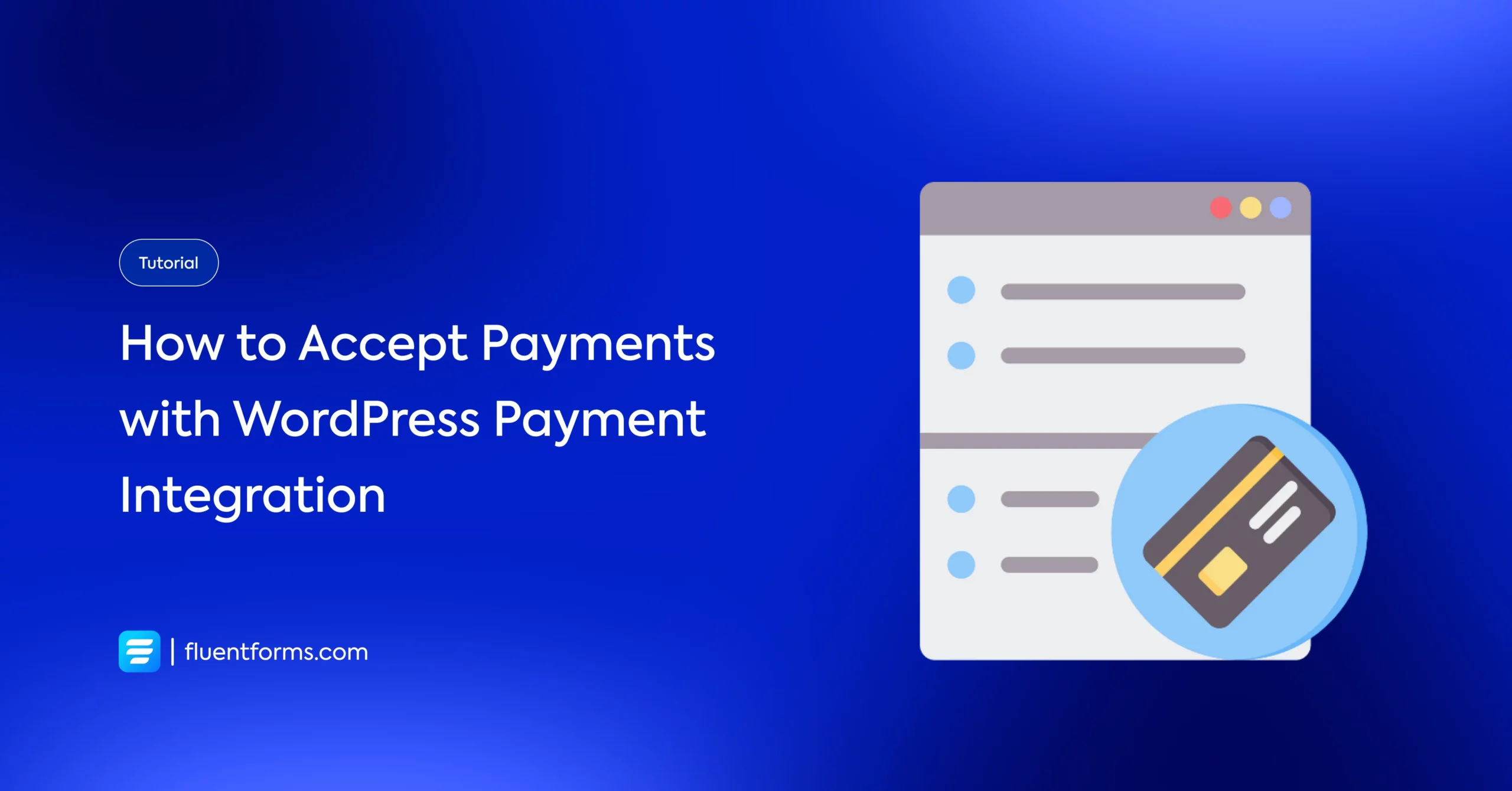
Nowadays, many online platforms can help you create a website for free. But what about incorporating a payment gateway? Fortunately, there are tons of plugins for WordPress payment integration that can help you solve the problem.
Sometimes users don’t want to develop a full shopping cart for a limited number of products. So, integrating a payment gateway is the best solution for this type of business as they support online payments with credit card options. However, many people find the process of integrating WordPress payment gateways to their site rather tricky. In this article, I’ll let you know how you can easily collect payments with WordPress payment integration.
But first, let’s see the difference between a WordPress payment processor and payment integration. It is essential that you know because sometimes people mix them up and get confused about the use cases.
What’s the difference between WordPress payment processor and WordPress payment integration
Nowadays, you have to select both a tool and an integration for collecting online payments. Well, there’s a bit of a difference between the payment processor and payment integration. Let’s find out the dissimilarities among them.
What is the WordPress payment processor
A payment processor works as an intermediary between your website and the payment procedure. The payment processors manage the following tasks.
- Managing the risk between your business and the credit card companies
- Handling relationship between you and your customer
- Collecting personal and financial information from customers
- Processing the transactions
- Transferring funds to your online business account
What is WordPress payment integration
Payment integration in WordPress is a third-party tool that calculates and processes customer payments. The main requirement of a payment integration is PCI (Payment Card Industry), and DSS (Data Security Standard) compliance. This ensures that all the companies collecting, processing, and transmitting credit card information are maintaining a secure environment.
The third parties involved in WordPress payment integration are your website, the customer, and the corporation that is granting your merchant account. Sometimes the payment gateway and the merchant account can be controlled by the same company. There are two types of WordPress payment integration.
- Direct: On this method, customers can make direct payments on your website.
- Redirect: This way, clients can’t pay directly on your site. They will be redirected to a different page to make their payments.
Combined packages
There are some companies or website tools through which both the payment processing and the payment integration tasks can be done, such as Fluent Forms. This is a fantastic form builder plugin in a proper bundle of solutions. Its integration with Stripe and PayPal solved the problem of finding a different payment integration for the websites. Now, let me tell you how online transactions are managed with WordPress payment integration. To know the process of collecting payments with WordPress payment integration, is also important.
How online transactions are handled
There are two phases in controlling the payment process. One is accepting the sale, and another one is settling the sale and receiving the money into the account. Let’s have a detailed discussion about these.
Accepting the sale
When a customer purchases an item using a credit card or debit card from your website, the details of the payment go through a payment gateway or integration. The client information is kept private in payment integration. Then it sends the data to the payment processor. Payment processors send a request to pay for the products purchased against the card to the issuing bank. At last, depending on the available funds of the customer, banks accept or deny the request for the payment. Surprisingly, the whole process takes only 1-2 seconds to complete.
Settling the sale and receiving the money into the account
Once the transaction process is complete, the bank deposits the money into the business account, from where products have been purchased based on the given information. Once the money hits the seller account, they can access the funds. The entire settlement process takes a few days to be done. Sometimes banks don’t allow access to all the funds at a time.
Now, let’s move on to our main topic, which is about the procedure of accepting payments with WordPress payment integration. For a more precise understanding, I have divided the process into three different sections.
- Configure a method to accept payment with WordPress payment integration
- Select your WordPress payment integration
- Start collecting payments with your WordPress payment integration
Here are the details about the steps.
Configure a method to accept payment with WordPress payment integration
Firstly, you have to decide what method of collecting payments you want to integrate for your WordPress site. Well, depending on your needs, I am going to discuss three different options for payment methods.
Form plugin
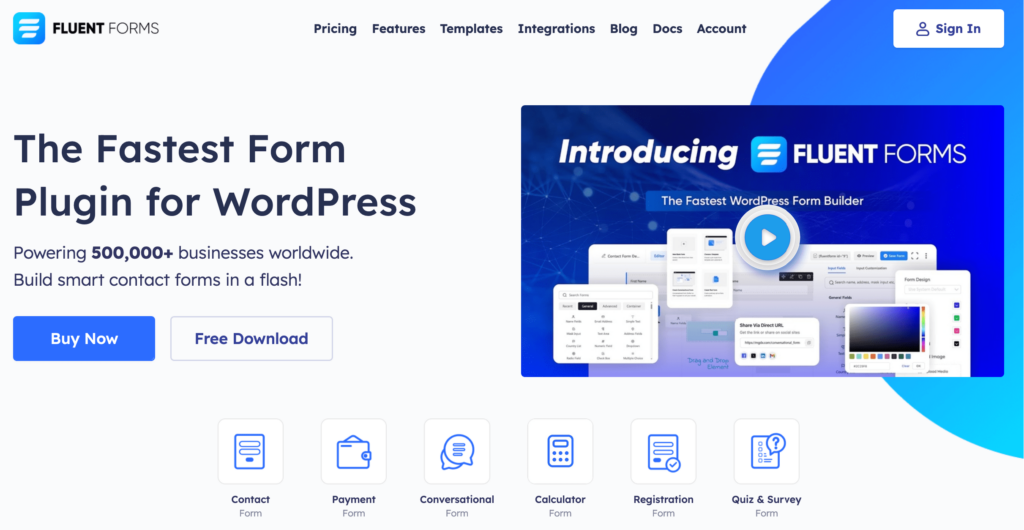
Using form plugins is the best option among the three if it gives payment preference. Most of the form builder plugins support payment integration as part of a form in their premium version. Here are some advantages to applying a form plugin for your online business.
- Get more flexibility while adding products
- Collect more information about clients
- Get more integrations
There are many more advantages you will get if you use a form builder tool. For example, let’s discuss Fluent Forms, one of the popular plugins in recent years.
Fluent Forms is an excellent form builder plugin for WordPress. It is a lightweight and comfortable tool. Anyone can create any kind of form with its smooth interface. Its drag-and-drop feature makes it easier for users to make any form within a few minutes. Furthermore, Fluent Forms comes with 60+ input fields and 70+ pre-built templates to make the form-making process sleeker. You can also get 60+ third-party integrations with the plugin.
Moreover, advanced post creation, Stripe and PayPal integration, PDF entry generation, file upload, conditional logic, etc., functions are also available in Fluent Forms. You don’t need to worry about the security with this tool, as it is secured with reCAPTCHA, Honeypot, and Akismet.
So, without any doubt, Fluent Forms is full of unique features. The developers of the tool add more functionalities every two or three months. Moreover, the plugin is super cost-effective.
Install the plugin from the WordPress directory, or download it from the official website. Then go back to your dashboard, select Fluent Forms Pro.
Click on the Settings option from the top bar. Go to payment settings, from the left sidebar, and click on Enable Payment Module.
Add a business name, address, and business logo. Then scroll down below and set your currency settings from there. Finally, save the settings.

So, this is the process of enabling a form plugin for payment integrations. The method is almost the same for all other form builder tools. Later in this article, I will give you a detailed idea about how you can use integrations with Fluent Forms.
Do you know? After the Fluent Forms Free 6.0.0 update, you can now use payment fields for free with the Stripe gateway, without needing to upgrade to the pro version!
Build Smarter Forms for Free
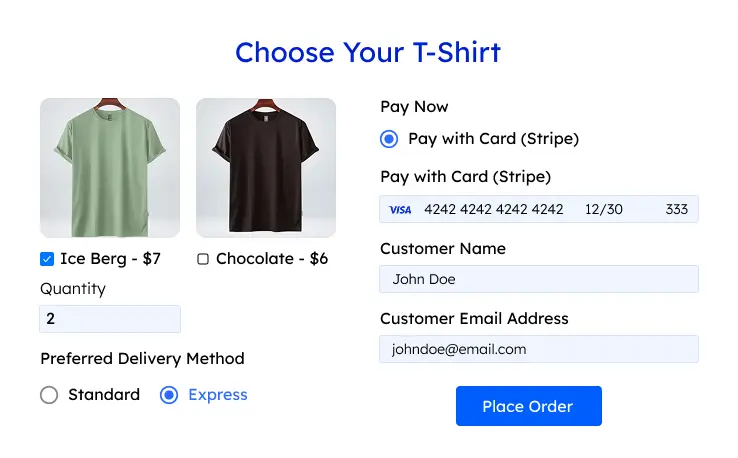
Dedicated payment button
This is the simplest option for configuring the payment method. But you won’t get much flexibility with this choice. Well, integrations like Stripe Payments and PayPal Buy-Now Button come with this feature for their users. After creating a form, you just need to copy the shortcode from the dashboard and paste it. Sometimes, dedicated payment button integrations give some discounts and coupon codes during checkout in their premium versions.
E-commerce plugin
Another method for collecting payment can be an e-commerce plugin. This option gives the most flexibility, but for simple uses, it might be overkill. You can use a WordPress eCommerce plugin like WooCommerce for the most heavy-duty options. Though it is not the most lightweight way, you will get the most compliance with this kind of plugin.
Moreover, these tools are not only for eCommerce, but you can also collect payments in other ways with eCommerce plugins.
For example, you can accept appointments and rentals with WooCommerce bookings. WooCommerce Memberships lets you use WooCommerce as the basis of a membership site. Additionally, you will get a vast array of payment gateways if you choose an e-commerce plugin.
Now, the next step, I am going to discuss choosing a WordPress payment integration. I will show you how you can use a payment integration with a form builder plugin. For my convenience, I have chosen Fluent Forms. So, let’s dive in.
Select your WordPress payment integration
To get started, you need to pick a WordPress payment integration to collect payments. The payment processors allow you to process payments from customers. People need to pay you through a payment gateway using their credit or debit card. Then the processor will transfer the money to you.
Why do you need a WordPress payment integration as a middleman?
Well, there is a ton of stuff happening behind the scenes of collecting payments. When clients submit their payment information, your payment gateway takes that data and passes it to the issuing bank of that card to check the validity. If everything is good with the card, the payment is confirmed by the payment processor through the issuing bank. Finally, the money is debited from the person’s account.
So, maybe it seems simple on the surface, but actually, a lot is going on. To make sure all the money moving behind the scenes is safe, you need to pick a WordPress payment integration for your online business. In this article, I have come up with two popular payment gateways in the current e-commerce business world, named Stripe and PayPal. Let’s find out how to integrate those on your WordPress website with Fluent Forms.
Stripe
Stripe is a well-known payment gateway that offers accepting payments with a variety of options in a simple way. Besides using the standard credit and debit cards, it lets you use other payment methods like:
- Google Pay
- Apple Pay
- AliPay
Stripe charges 2.9% + $ 0.30 per transaction to accept credit card payments. That is pretty much the industry standard. Stripe can also help you set up and proceed with recurring payments.
To integrate Stripe with Fluent Forms, go to the Fluent Forms dashboard like before. Select Fluent Forms Pro, and click on settings. From there, choose payment settings and then pick Stripe Settings from the top bar. Now, click on Enable Stripe Payment Method.
After this, it will ask you to choose from two payment modes. I have selected the Test Mode for the demonstration. In the end, copy your API key from the stripe account, and paste it on the Stripe Test API Keys here. Finally, save the settings and design your checkout form with Fluent Forms. For better understanding, have a look at the given screenshot.
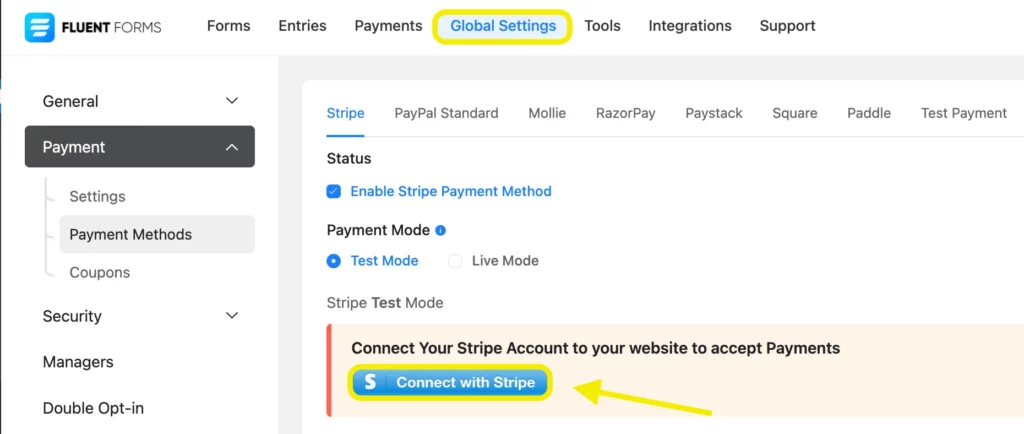
PayPal
One of the significant benefits of PayPal is that it lets users accept payments with their PayPal account and cards. On the other hand, you can’t do the same with Stripe. So, it is excellent news for the privacy-conscious people who hesitate to give their card details for transactions.
In terms of fees, PayPal charges the same prices as Stripe. So, there is no difference there. And PayPal also lets you proceed with recurring payments. Moreover, it will give you rewards with points if you connect your credit card with your PayPal account.
To set the PayPal settings with Fluent Forms, again, go to the dashboard of Fluent Forms. Click on Settings, and choose payment settings from the left sidebar. Go to PayPal settings from the top bar. Keep the status on for Enable PayPal Payment Method. Choose the PayPal Payment Mode from Sandbox Mode and Live Mode. Then give your PayPal email.
At last, you can turn on or off the Disable PayPal IPN verification mode. I am keeping it in a disabled mode because right now, I am not using it. Save the settings. Here is the preview of the parameters.
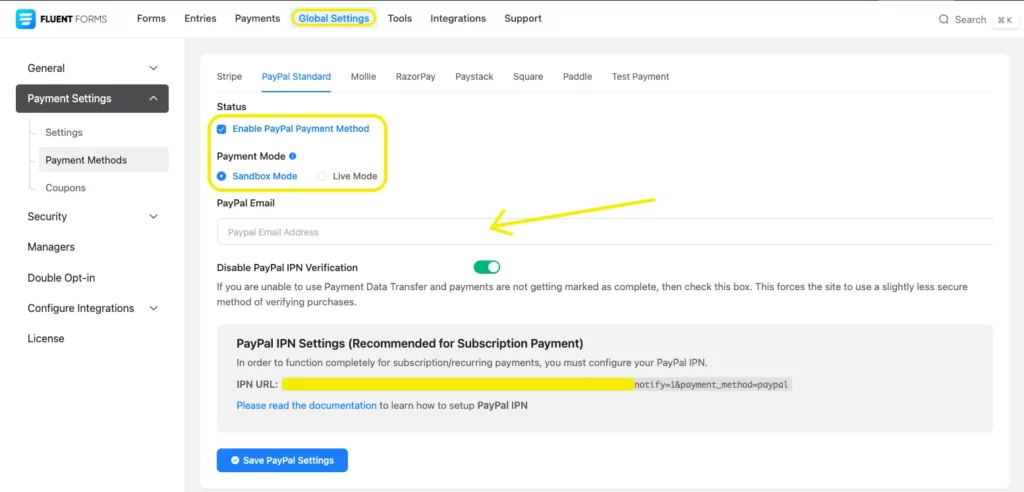
So that you know how to integrate a WordPress payment integration with Fluent Forms, now, go back to the dashboard of Fluent Forms and design your checkout form as you want. To know more about creating a payment form with Fluent Forms, you can read the article that is about the payment integrations of Fluent Forms.
Enjoying this article?
We regularly publish actionable content on our blog. Subscribe to get them delivered straight to your inbox.
We won’t spam you. You can unsubscribe whenever you want.
Start collecting payments with your WordPress payment integration
After crafting a beautiful payment form, it’s time to start collecting payments with WordPress payment integration. To do that with Fluent Forms, just copy the shortcode of the form that you have created just now from the dashboard. Paste it on any page of your website where you want to redirect your users or collect payments. I have created a page from the dashboard to paste my form shortcode and named it “Buy a Foundation.” For a better grip, have a look at the screenshots below.
Check this too,
Here is the output of the page.
I hope you now understand the whole process of accepting payments with WordPress payment integration.
Now, let’s find out how you can secure your WooCommerce website with WordPress payment processors.
Securing your payment for your WooCommerce website
Along with selecting a payment processor that suits all of your criteria, you also need to secure your website to protect people’s financial and personal information. Here are some top practices to keep your WordPress websites safe.
Enable SSL encryption
You have to get an SSL certificate and install it to proceed with your website to HTTPS. Having SSL on your website can also contribute to SEO by securing your site. Moreover, sometimes Google warns visitors if they visit websites that don’t support SSL certificates.
Secure client accounts
Applying some tighter practices to your users’ accounts can also help you secure your client’s data. Encoding customer accounts, encouraging them to create stronger passwords, and even adding a simple CAPTCHA for logins can give additional security to your e-commerce business.
Fluent Forms also offers other popular payment integrations such as: Paystack, Razorpay, Paddle, Square, and Mollie.
Final words
Figuring out the best way to collect payments with WordPress websites shouldn’t need a second thought because your website must give your clients a better user experience. The smoother the process, the faster your user can make payments. Consequently, your website will grow fast.
By following the steps mentioned above, you can easily accept payments with WordPress payment integration. If you have any questions regarding this matter, let me know in the comments section below.
60+ third-party Integrations
With third-party integration, you can make forms more powerful and amass more strength in one place.

2 responses to “How to Accept Payments with WordPress Payment Integration”
-
Specifically, I need payment integration solutions. It was quite helpful in resolving the issue. Thank you for your contribution.
-
Thanks Andy for finding the post helpful. We appreciate that.
-

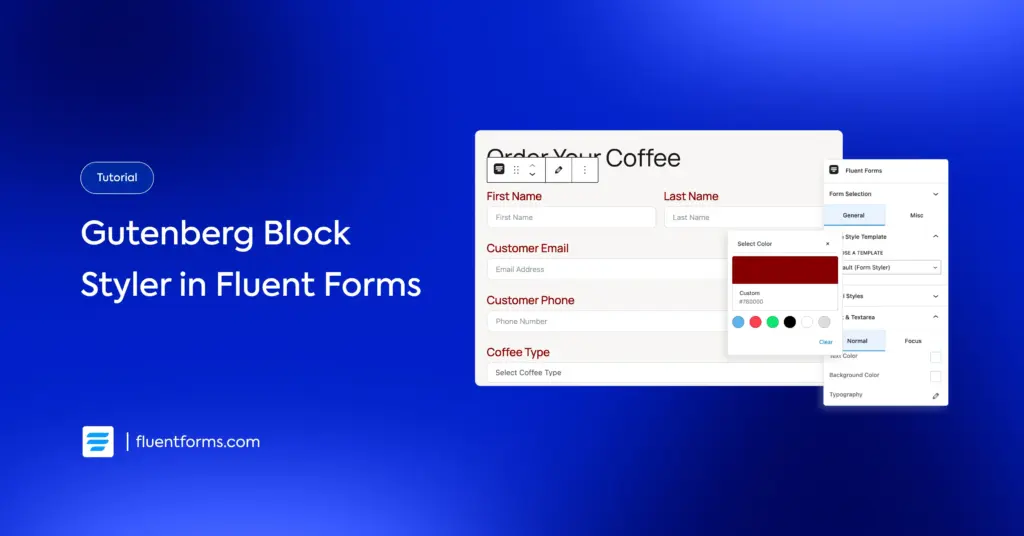
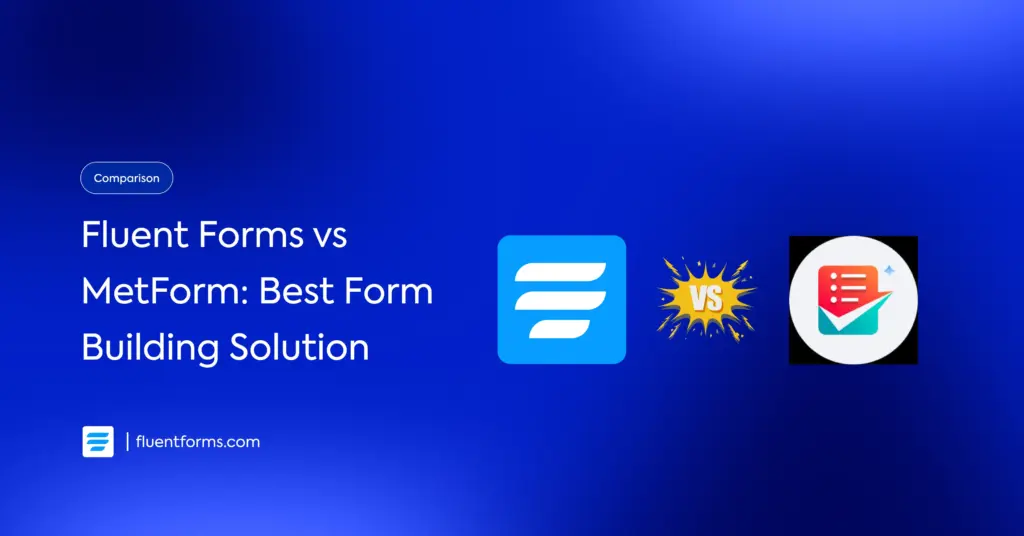




Leave a Reply